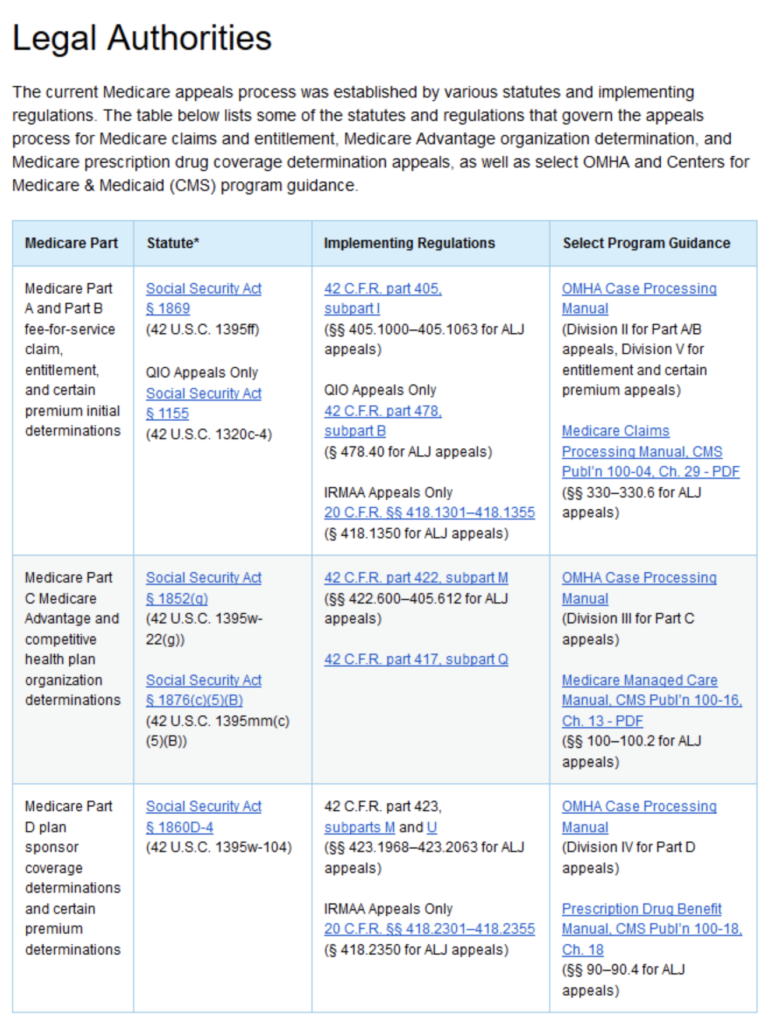This article was authored by Aaron L. Nielson, Associate Professor of Law at the Brigham Young University and Chair of ACUS's Committee on Administration and Management.
This article first appeared in the Regulatory Review's series on "Guiding Agencies to Improve Transparency and Efficiency" that focuses on the ACUS Recommendations adopted at the December 2018 Plenary Session. Reposted with permission. The original may be found here, and the Regulatory Review's entire series may be found here.
Administrative law can be tricky. Not only does it include cross-cutting statutory and doctrinal issues, but it also involves many specific agencies with their own individual rules and nuances. In fact, individual agencies conduct thousands of adjudications a year, and each agency uses its own rules, at least in part. This reality prompts a disclaimer when I teach “Admin Law.” Every year I tell my students that beyond the basics of the course, before they will be ready to actually practice, they will also have to get up to speed on an individual agency, which can be quite difficult.
Navigating through the administrative state can be even trickier for those without legal training. Each agency’s procedural rules stem from a wide variety of sources: the U.S. Constitution, the Administrative Procedure Act (APA), the agency’s organic statute or other acts of Congress, rules the agency promulgates for itself, procedural requirements the agency creates through precedent, adjudicator-specific practices, and required forms. And to add another wrinkle, sometimes materials that look like rules may actually just be guidelines.
All of this can be more than a little confusing.
Last year, the Administrative Conference of the United States (ACUS) took steps to begin simplifying the adjudicatory process. In particular, ACUS issued a recommendation about steps agencies can take to ensure that the procedural requirements governing adjudications are accessible, with a special focus on agency websites. In the Internet age, agencies can and should take steps to make key procedural materials more readily available to the public.
As background, agencies have discretion about how their websites are organized. Unfortunately, only some websites provide detailed access to procedural requirements, and only some websites distinguish between procedural materials that are binding and those that are not. Likewise, only some agency websites are organized so that important procedural materials are easy to find. Against this backdrop, ACUS began studying agency websites with the goal of creating best practices. The result was a series of recommendations formally approved in December of 2018.
First, agencies should provide access to all procedural materials related to adjudications—and promptly update such materials when appropriate. These materials include relevant provisions of the APA and other potentially applicable statutes, agency-promulgated procedural rules, agency-specific forms, guidance documents, and other materials like manuals and bench books. ACUS also recommends that agencies make available adjudicator-specific practice procedures such as standing orders. In short, unless the agency intends to invoke a Freedom of Information Act exemption, relevant procedural materials about how agency adjudication might unfold should be available to the public.
Second, these procedural materials should be presented on an agency’s website in a clear, logical, and comprehensive way—for instance, by using a table that clearly outlines the legal authorities the agency relies on for its procedures. To illustrate the point, ACUS’s recommendation includes the following example:

|
Third, each agency should create one, easily-searchable file that includes all legally-binding procedural materials with hyperlinks to the relevant Code of Federal Regulations provisions. The agency should then put that comprehensive file on its website. Any interested member of the public should be able to do a search of the agency’s procedural rules to identify all potentially relevant material. The harder it is to find procedural rules, the harder it is to follow those rules. ACUS’s recommendation is intended to help make procedural rules easy to find.
Fourth, if the purpose of an agency is to exclusively or almost exclusively engage in adjudications, there should be a link to the agency’s procedural materials on the agency’s homepage. That way, all a member of the public has to do is go the agency’s website and the relevant materials will be right there. By contrast, when adjudicating is only one of an agency’s many functions, the materials should be easy to find on a part of the website that is dedicated to adjudicatory materials. For example, the Federal Trade Commission website clearly links to the laws implementing the agency’s enforcement responsibilities.
Fifth, agencies should consider providing access to materials that explain an agency’s procedures. ACUS also encourages agencies to include within those explanatory materials links to any applicable statutes, rules of procedure, and precedents. Again, the goal should be to help the public understand how to navigate an agency’s procedural requirements.
These commonsense recommendations address one of ACUS’s primary focuses—increasing government transparency. But they should help the public understand how agency adjudication works, which hopefully will result in higher quality adjudications. Administrative law can be tricky. So why not try to make an agency’s procedural requirements easier to find and understand?
Share on FacebookShare on TwitterShare on Linkedin
